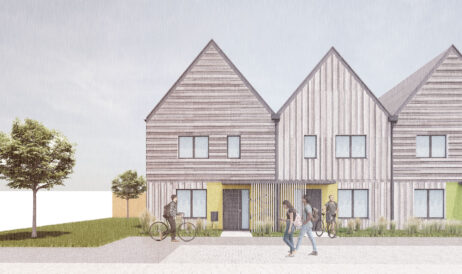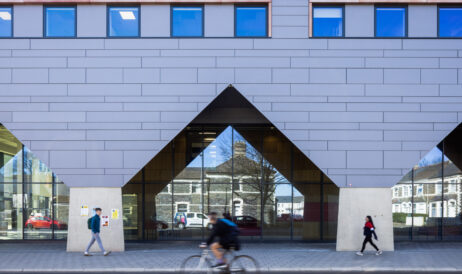The use of diagnostic imaging technologies in healthcare is advancing rapidly. Combine the drive to achieve cancer diagnosis as early as possible with the ever-increasing availability in MRI and CT scanning and it’s little wonder.
From his experience leading a roll-out of key projects for Alliance Medical, healthcare design specialist, Adam Parry, tells us what he’s learnt about the world of diagnostic facility design.

We have been supporting Alliance Medical in the provision of advanced diagnostic services nationally under the NHS England diagnostic contract, looking to optimise equity in patient access.
Here’s what we’ve learnt:
- Projects can range from single mode diagnostic facilities to Multi-Modality Diagnostic Imaging Centres, incorporating PET/CT, MRI and Nuclear Medicine. The challenge of integrating advanced diagnostic services within existing estates requires a mixture of refurbishments, extensions and collocated modular units.
- To deliver a successful project, you must collaborate and engage with multiple national NHS service providers and specialist equipment suppliers. They provide unparalleled insights into the key issues in modernising the NHS estate and how we can incorporate new technologies.
- MRI and CT scanners generally have a recommended useful life of 7 years. You must consider the replacement of the equipment in the design of these facilities.
- The breadth of the modality’s application, coupled with ongoing advancements in technology, means we will continue to see developments in new clinical applications of these scanners.
- Technology will not stand still, so design for change. For example, 3 Tesla scanners comprise the fastest growing segment of the MRI equipment market. It’s imperative that when looking at current and future schemes and where 1.5 Tesla machines are being installed we take this into account and make provision for future developments in technology.
- The competitive and ever evolving suppliers market is driving developments in technical infrastructure requirements. This needs to be considered from the outset with early engagement with the various OEM’s critical to ensuring flexibility of scanner supplier both for tender purposes and future scanner changes.
Dan Van Luttmer, Simon Boundy and Adam Parry will be representing Stride Treglown at the IHEEM Healthcare Estates conference, 10 – 11 October 2017.
Get in touch to arrange a meeting, or visit us on stand F15.
We are also shortlisted for the Healthcare Estates ‘Architectural Practice of the Year’ award.







